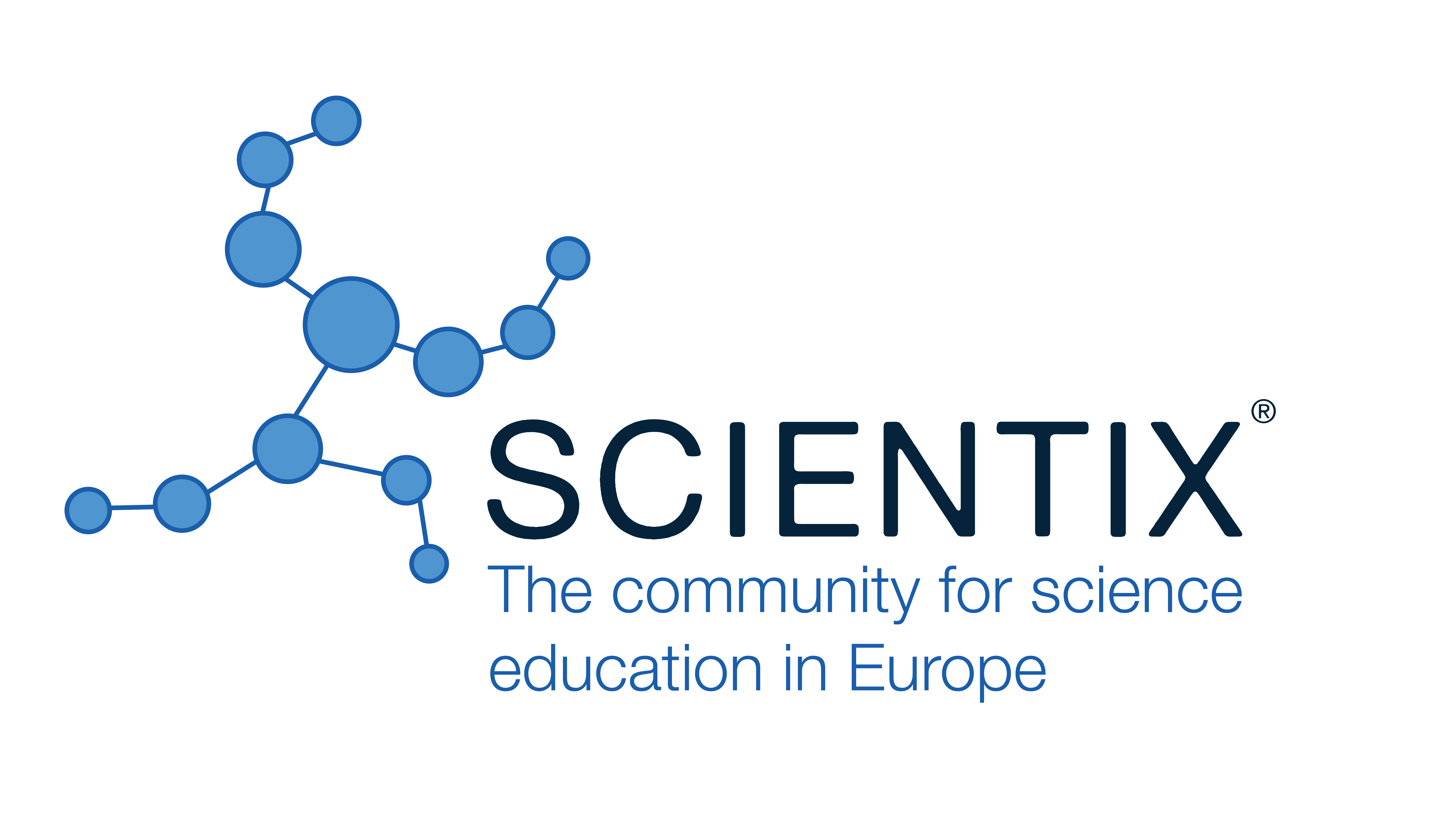ChatGPT in Higher Education Pedagogy: A Case Study of an Innovative Webinar for Professional Development
Verónica Vasconcelos, Polytechnic University of Coimbra; INESC TEC (Portugal)
Lúcia Simões Costa, Polytechnic University of Coimbra (Portugal)
Sofia Sá, Independent Researcher (Portugal)
Isabel Pedrosa, Polytechnic University of Coimbra; CEOS.PP -Coimbra, ISTAR – IUL (Portugal)
Abstract
This study outlines the organization of a professional development webinar on the pedagogical use of ChatGPT, sparked by the interest of the Polytechnic Institute of Coimbra faculty. Webinars are pivotal in modern educational paradigms, offering location flexibility [1]. However, there is still room for research into the use of webinars in professional development [2]. Fadlelmola et al. suggest ten principles for effective webinars, including strategies to overcome the challenges of virtual settings, such as participant attention [3]. The webinar was organized by the Professional Development and Pedagogical Innovation Office (GAVIP), and all choices were strategic. The speaker, Professor António Dias Figueiredo, is a distinguished figure in technology and pedagogy in higher education. The webinar, titled "Pedagogy and ChatGPT: Point-blank Questions and Answers" was promoted via email, social media, and the institute's website, leading to 328 registrations. Upon registration, registrants were prompted to submit two questions for the speaker and three words that they associated with the topic. This approach ensured the content was directly relevant and fostered participant involvement from the start. This process yielded a total of 548 questions and 945 words related to ChatGPT's use in Higher Education. Analysis of the questions led to the consolidation of the 12 categories suggested by ChatGPT4 into 9, of which the following stand out: Pedagogical Methods, Assessment, Critical Thinking, and Academic Integrity. The most mentioned words were Innovation, Curiosity, Challenge, Future, and Opportunity, guiding the webinar's focus. During the webinar, the 23 selected questions were asked alternately by two professors from the institution to increase interaction. The speaker had no prior knowledge of the questions, adding a layer of spontaneity. The event's high engagement was evidenced by 75% of the 236 attendees staying for the entire 90 minutes. The aftermath saw the webinar's recording achieve significant traction on social media. A post-event survey, although garnering only 22 responses, revealed that 83% of participants were "Very satisfied," and 18% were "Satisfied". The positive feedback and high engagement levels indicate the webinar successfully met its aims and that the methodology resonated well with the audience. It also offers insights into best practices for professional development webinars, indicating ways to enhance their appeal and effectiveness.
|
Keywords |
Professional development, Higher education pedagogy, ChatGPT, Webinars |
|
References |
[1] Ebner, C., & Gegenfurtner, A. (2019, September). Learning and satisfaction in webinar, online, and face-to-face instruction: a meta-analysis. In Frontiers in Education (Vol. 4, p. 92). Frontiers Media SA.
[2] Tanucan, J. C. M., & Uytico, B. J. (2021). Webinar-Based Capacity Building for Teachers:" Lifeblood in Facing the New Normal of Education". Pertanika Journal of Social Sciences & Humanities, 29(2).
[3] Fadlelmola et al. (2019). Ten simple rules for organizing a webinar series. PLoS Comput Biol 15(4): e1006671 |
 The Future of Education
The Future of Education





























